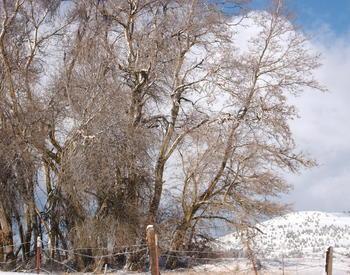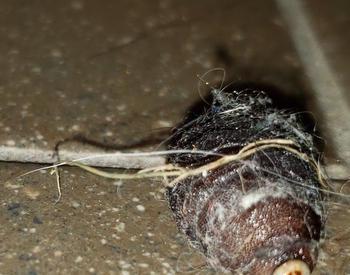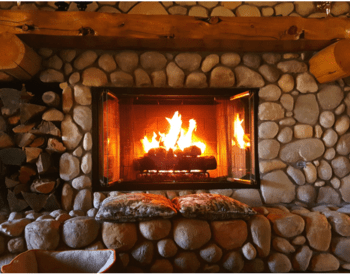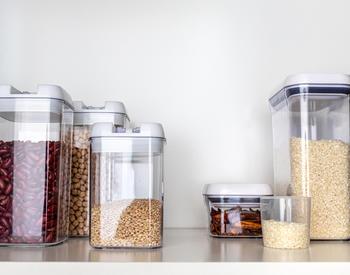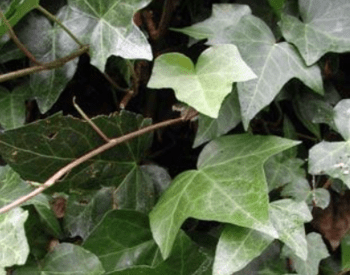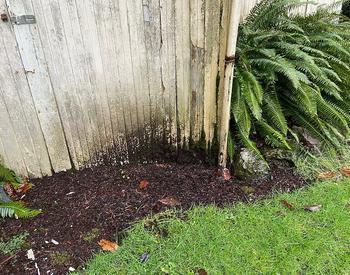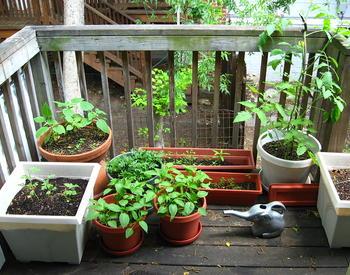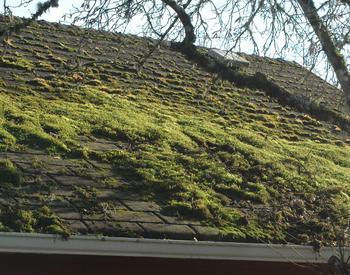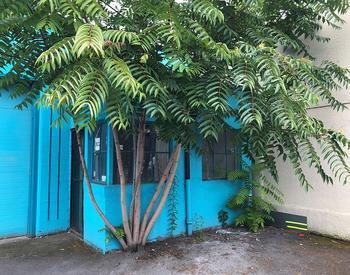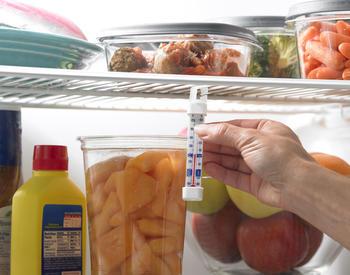After winter storms, check around your home and apartment for possible leaks that can lead to mold in the future.
Check your roof
- Do you have any loose or missing shingles?
- Check around the flashing at your fireplace and the seals around your skylights to ensure you don’t have areas that water can get in.
- Trim back any tree limbs that may be brushing against your roof or are at risk of falling through your roof should they break.
Check your spouting and downspouts
- Is it correctly attached to your roof line and that water can’t be blown in?
- Check your downspouts. Are they clear of leaves and debris?
- If your downspouts aren’t plumbed into your storm sewer, be sure that they empty far enough away from the foundation of your home.
- If you have standing water around your foundation or your crawl space you may need to consider getting a sump pump to move the water out of the area. In the spring you may want to consider improving the drainage around your house to prevent future water damage.
Check your siding, windows and doors
- Complete a close inspection of your siding to ensure no areas have come loose or that water has seeped in.
- Check your door and window seals and outside caulking to ensure no water leakage.
- On the inside of your windows, wipe up any window condensation to avoid mold growth in window sills, particularly metal windows. You may want to consider replacing your metal windows with vinyl and the thresholds on your exterior doors to prevent leakage of both air and water.
Check your basement and crawlspace
- If you have a basement area in your home, ensure you have no moisture seepage and that all walls and floors are dry. Check the crawlspace under the house for standing water.
- Inspect the upstairs crawl space to verify you have no leaks or moisture damage that can stain ceilings.
- You may need to consider purchasing a dehumidifier to remove moisture from the area.
- Ideal indoor relative humidity should be maintained between 40% to 60%.
It’s always a good idea to leave wet clothes, shoes and umbrellas outside to dry. Many times we just hang our coats back up in the closet creating an ideal situation for mold to grow. Also don’t forget to dry off Fluffy and Fido when your wet pets come in from outside.
We have other mold resources available on our website, including a “Mold Control: Home Inspection Checklist” to help you with your home inspection.
If you have experienced flooding or have water damage, “Mold Removal Guidelines for Your Flooded Home,” PUB 2949-B is available online and provides valuable information on how to get started with your clean up. Contact your local Extension Office for additional information.
